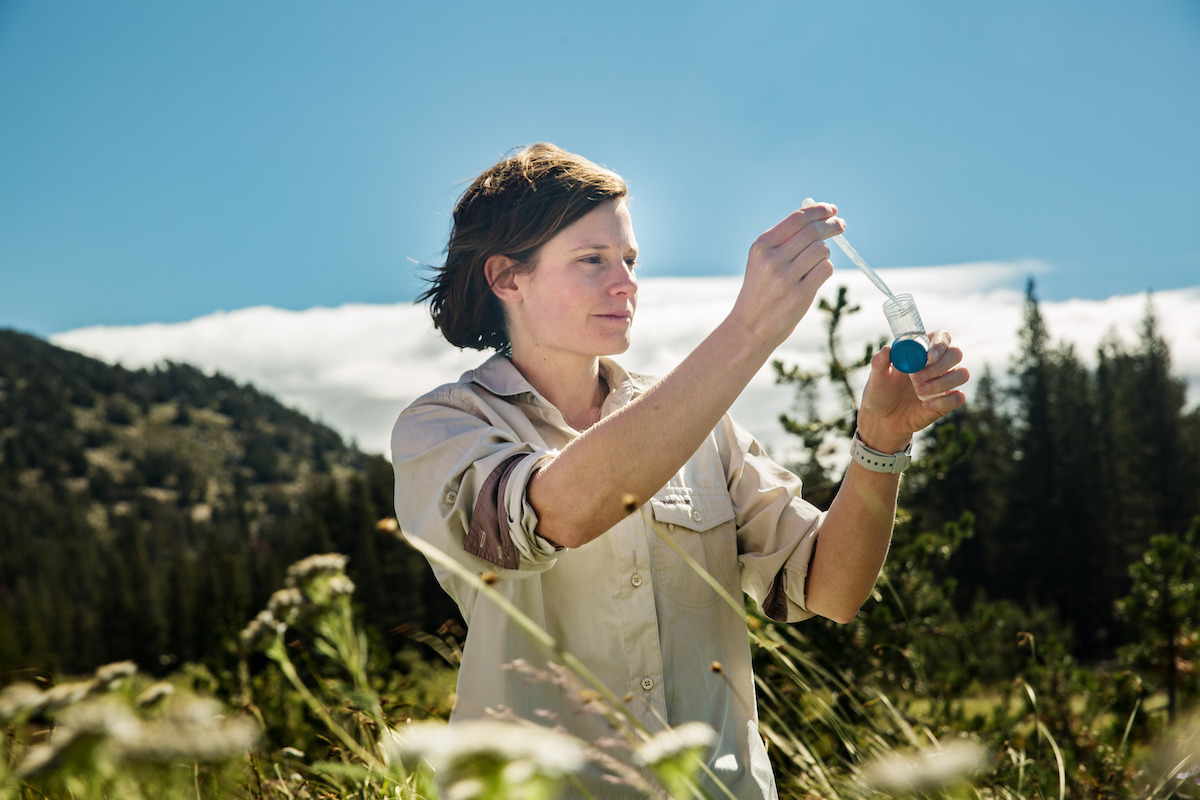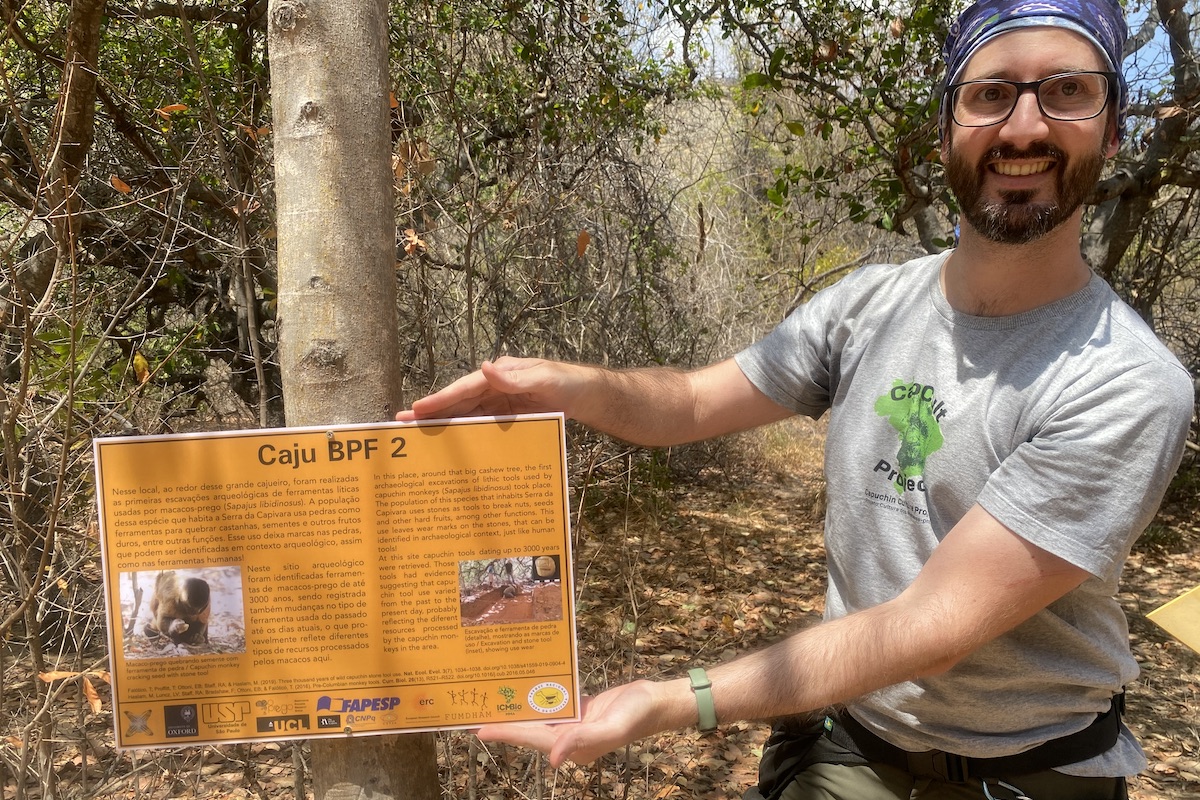Wildlife Intelligence Project

About the Wildlife Intelligence Project
As our planet faces unprecedented challenges, including the loss of precious wildlife and ecosystems, animals continue to adapt to their surroundings to find new ways to thrive—just like us. The more we understand about wildlife and their intelligence, the more we can reflect on our place and purpose within the natural world.
Inspired by the groundbreaking work of Dr. Jane Goodall and the Templeton Prize, the National Geographic Society conducted a rigorous global search to find three of the best emerging early-career scientists whose work seeks to answer questions and provide us with better insights into the minds and behaviors of animals—and what drives their decisions.
Each of the three individuals will be named a National Geographic Explorer and welcomed into the global National Geographic Explorer community.
Watch the Video
About the Researchers
The following three projects were selected for the Wildlife Intelligence Project.
Mauricio Cantor
The ecology and evolution of cultural and cooperative behavior among dolphins and humans.
Mauricio Cantor is a Brazilian biologist researching how cognitively advanced animals behave in a changing world by understanding the dynamics of social, cultural and ecological systems. His research focuses on the emergence of patterns and strategies in animal societies, specifically on cetaceans due to their behavioral diversity, learning ability and complex social systems. Mauricio is currently an assistant professor at Oregon State University and the head of the Lab for Animal Behavioural Interaction Research In The Ocean (LABIRINTO). He is also adjunct faculty at two universities in Brazil where he teaches and supervises ocean behavioral ecology.
One of the few cases of human-wildlife cooperation has been identified in separate cultural fishing practices involving both wild dolphins and humans. Emerging independently in Brazil, Myanmar and India, net-casting fishers and dolphins work together to catch fish, which benefits both the humans and wild dolphins. This unique human-wildlife interaction raises the key questions of how cooperative behaviors evolve in the wild and why this interaction is rare among different species. Working in these three places in the world where this cooperation still exists, Mauricio and his team will test if the same behavior has evolved in all three study locations; if the nature of all human-dolphin interactions is cooperative; and if there are specific ecological conditions that have contributed to the evolution of this human-dolphin cooperation. This project will also train local collaborators to establish long-term monitor ing of each human-dolphin system and will work to raise global awareness of the rare and declining cooperation between wild animals and humans.

Felicity Muth
How does ecology shape cognition? An exploration with wild bees.
Felicity Muth is a researcher interested in animal behavior and cognition, focusing on aspects of learning and memory that have a clear function in the natural world. Working primarily with bumblebees, Felicity is the head of the Muth Lab and an assistant professor of animal behavior and cognition at the University of Texas at Austin. Felicity is a strong science communicator and has participated in interviews with NPR’s “Science Friday” and local news stations about bee cognition and the challenges faced by women in science. Felicity also recently published a children’s book on bee diversity titled “Am I Even a Bee?”.
An animal’s environment and ecology play a key role in shaping both their physical and cognitive traits. Bees have complex behavior, but their cognitive processes are easily identified, making them a key candidate to address the question of how environmental factors affect physical and cognitive traits. Working with wild bees from rural Nevada and California, Felicity will study how the surrounding environment affects how bees learn and make decisions. Felicity will start by making comparisons within bumblebee colonies to determine how diet contributes to cognitive differences within the colony among the foragers, queens and foraging queens. She will then make a broader comparison across multiple bee species to study how diet drives cognitive differences across bee species. Despite the crisis faced by pollinators, our knowledge of bee behavior is limited to honey bees and two species of bumblebees. With over 4,000 species of native bees in North America, the team aims to bring attention to bees beyond their roles as pollinators, highlight the vast biodiversity of bees and build empathy by showing how their cognitive abilities have evolved under environmental pressure.

Tiago Falótico
Capuchin Cultures
Tiago Falótico is a Brazilian primatologist and ethologist researching the behavior, social learning and culture of wild primates. Since 2007, Tiago has been working with the wild capuchin monkeys in Serra da Capivara National Park in Brazil’s Northeast region to investigate their tool use behavior. Tiago
is a Young Investigator Fellow at the University of São Paulo and the co-founder of the Neotropical Primates Research Group (NeoPReGo), a nonprofit organization that supports field research and environmental socio-education about neo-tropical primates.

Photo credits: Alex Saberi, Victor Muriyama, LAMAQ, photo courtesy of L’Oréal, Tiago Falótico
Made Possible By
